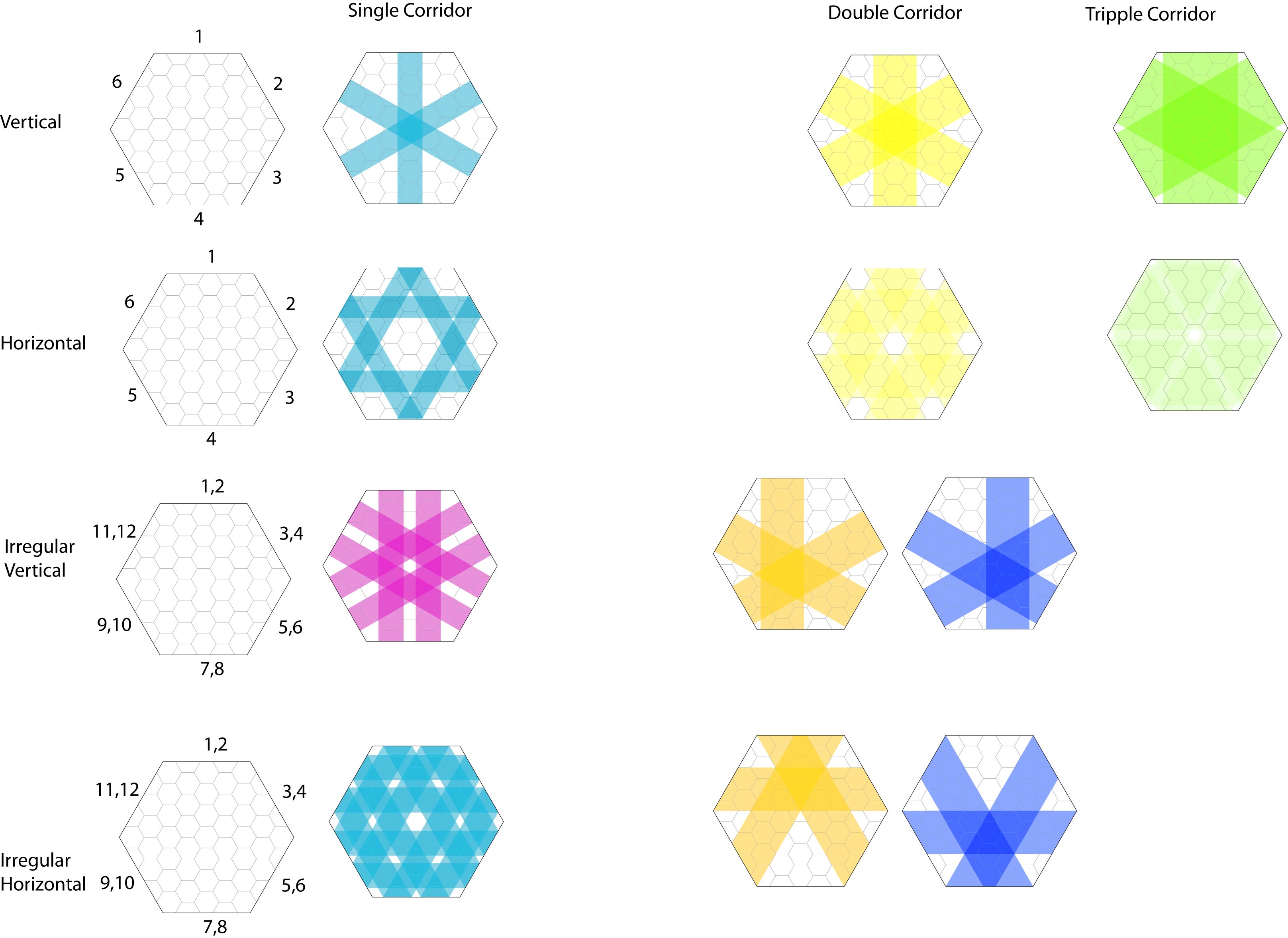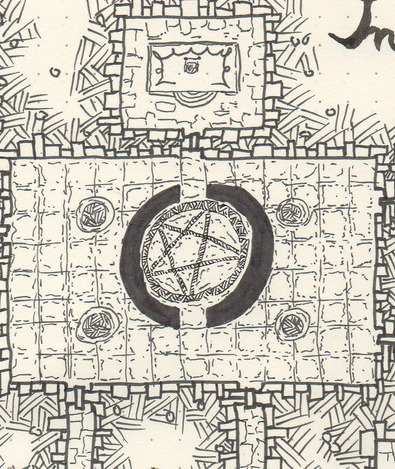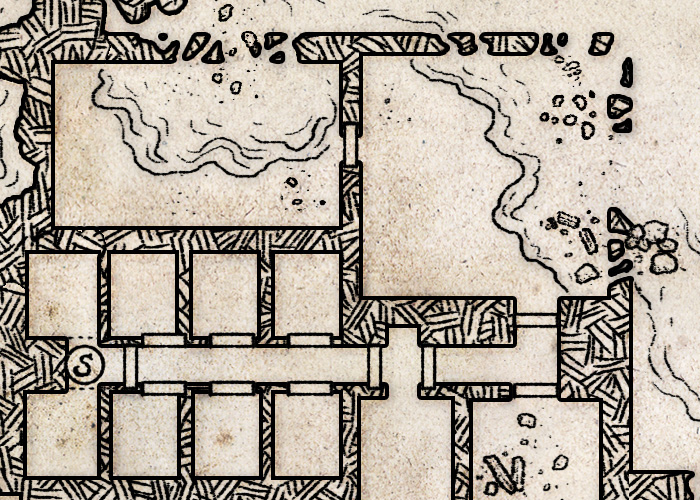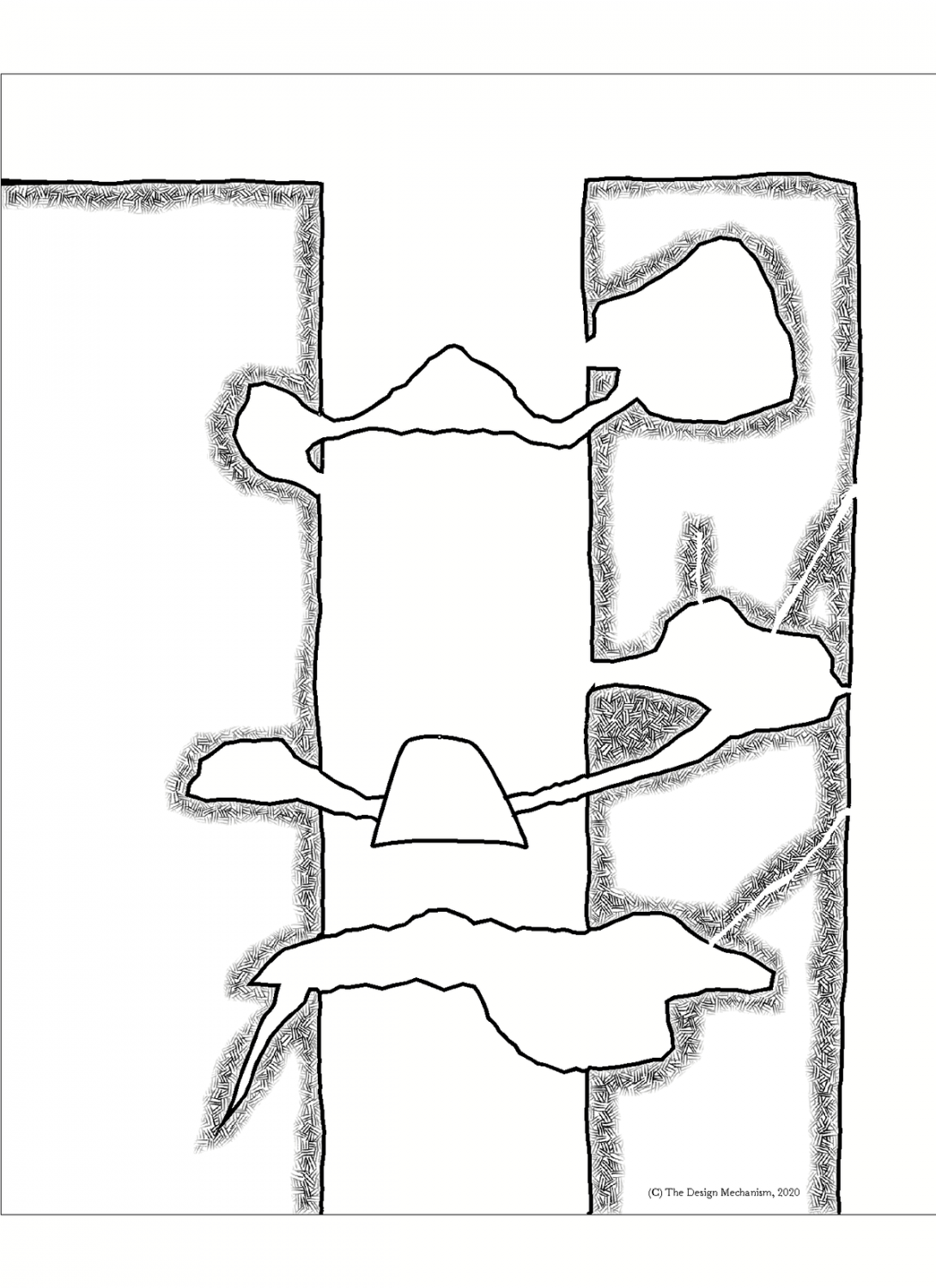

It's actually easier for them to get the bodies out for necromantic rites.

Makes it a little easier on the sanitation engineering staff for when they need to get the sand and cobwebs out of those far corners. Here is the same 'map' without using multipolies, note that the overlapping circles are now visible and that both rectangles now have identical top left corners. Note that the bottom rectangle is not part of either multipoly and the texture of its top left corner is identical to the square in the corner, as the origin of that particular texture is the corner of the rectangle

The textures are therefore aligned, and so the overlap is invisible. One is part of a multipoly with the upper rectangle, the other is multipolied with two circles. In the image below, there are two square tiles in the top corner.

Either way it just needs to be in the top left of the map and aligned with the grid if you want your texture to be grid aligned (eg if using a tiled floor as a dungeon grid. Or you can use a "point" rather than a square. You can place this square outside your main mapping area, underneath the border or concealed by a mask sheet to stop it being visible. Use "select prior" to easily select the second square, or click both and then deselect the first multipoly by unselecting the straight edged area.īoth multipolies will then tile from the same origin and the textures will exactly align. Then draw a second identical square in exactly the same place, and multipoly that square with all the curved parts of the dungeon. So the easy way to do it is to draw a small square right in the top left hand corner of your map and multipoly that square with the straight edged parts of your dungeon. If you want to tidy up misaligned or mismatched textures, the easiest way is using multipolies.Ĭreating a single multipoly that includes both curves and paths / lines is one of the most painful things you can do in CC3 as the direction of paths / arcs is critical, and unlike combining selections in PS / GIMP overlaps create voids. Textures in CC3 always start to tile from an origin that is the top-left corner of the largest rectangle that could contain the entire entity - so for example a circle's texture origin is the top-left of a square the same size as the circle's diameter. This will therefore be an area that gets some pretty floor patterns.? You can tell if you have a really good look. Then I just made 1 circle with the floor bitmap of appropriate size, placed and copied it. Where the semi-circular alcoves are I made 2 circles (inner & outer walls) with the circle tool, modified the default wall tool to be a polygon rather than rectangle and traced the circles.


 0 kommentar(er)
0 kommentar(er)
